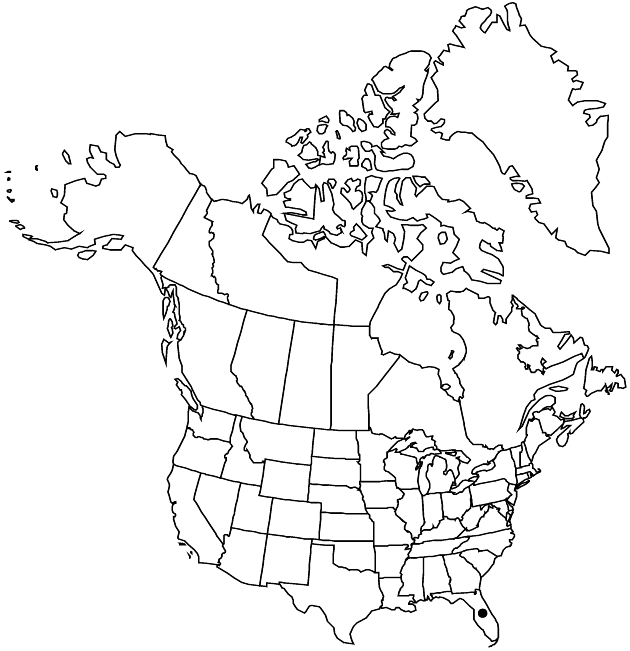Difference between revisions of "Eupatorium mikanioides"
Fl. South. U.S., 195. 1860.
Common names: Semaphore thoroughwort
Endemic
imported>Volume Importer |
imported>Volume Importer |
||
| Line 50: | Line 50: | ||
|publication year=1860 | |publication year=1860 | ||
|special status=Endemic | |special status=Endemic | ||
| − | |source xml=https:// | + | |source xml=https://bitbucket.org/aafc-mbb/fna-data-curation/src/2e0870ddd59836b60bcf96646a41e87ea5a5943a/coarse_grained_fna_xml/V19-20-21/V21_1176.xml |
|tribe=Asteraceae tribe Eupatorieae | |tribe=Asteraceae tribe Eupatorieae | ||
|genus=Eupatorium | |genus=Eupatorium | ||
Latest revision as of 21:08, 5 November 2020
Perennials, 50–100+ cm. Stems (from short rhizomes, green) single, branched distally, puberulent throughout. Leaves opposite (± vertical); petiolate (petioles 10–30 mm); blades ± 3-nerved distal to bases, deltate to rhombic, 25–80 × 20–60 mm, bases broadly cuneate, margins usually serrate (teeth uneven), sometimes crenate, apices acute, faces glabrate to sparsely puberulent, gland-dotted. Heads in corymbiform arrays. Phyllaries 8–12 in 2–3 series, elliptic to oblong, 1.5–5 × 0.8–1 mm, apices acute to acuminate, abaxial faces puberulent, gland-dotted. Florets 5; corollas 3.5–4 mm. Cypselae 1.2–1.5 mm; pappi of 20–35 bristles 3.5–4.5 mm. 2n = 20.
Phenology: Flowering Jul–Sep.
Habitat: Moist or wet, low, often saline places
Elevation: 0–10+ m
Discussion
Selected References
None.
Lower Taxa
None.
